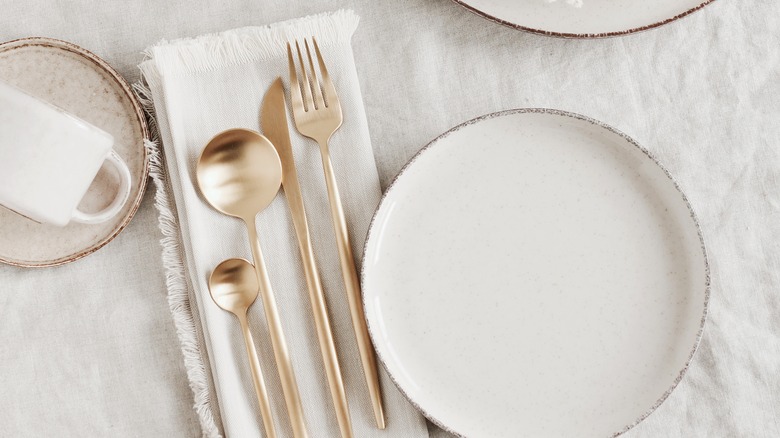Why Your Tablecloth Really Matters When Dining
You've poured hours into throwing a perfect dinner party. You've carefully selected the menu, polished off silverware with aluminum foil and baking soda, and dusted off those fancy plates you've inherited from grandma. But when you head to your linen drawer and pull out your old tablecloth, there are a few stains on it. It's wrinkled and threadbare. You hesitate and shrug: Does a tablecloth really matter?
Yes. Your tablecloth does really matter if you're trying to create a memorable dining setting. Whether you're hosting familiar friends, preparing an elegant meal for your family, or organizing an event for colleagues, the colors and fabrics you place on your table can make a huge impact on how the meal itself is perceived and enjoyed by diners. Before throwing that tablecloth onto your table, there are a few aspects you may want to keep in mind as you go about preparing a successful evening of hosting.
Set the tone of your meal
A 2019 study published in Food Quality and Preference shows that tablecloths have a large influence on how eaters perceive their food. A carefully laid out cloth can make or break a meal by adding — or distracting — from overall ambiance; in fact, tables dressed in linens contributed to a higher preference for food and upped diners' overall appreciation of the meal. A 2020 study backed this up, with results suggesting that a tablecloth had more of an influence over how people dined in general, even more than lighting.
According to Coast Linen Services, tablecloths date back to at least A.D. 103. During medieval times, white tablecloths indicated wealth. Once the American garment industry began making tablecloths, bright colors and synthetic materials began to adorn tables across the United States. Today, tablecloths can be found in some of the world's most beautiful dining establishments.

